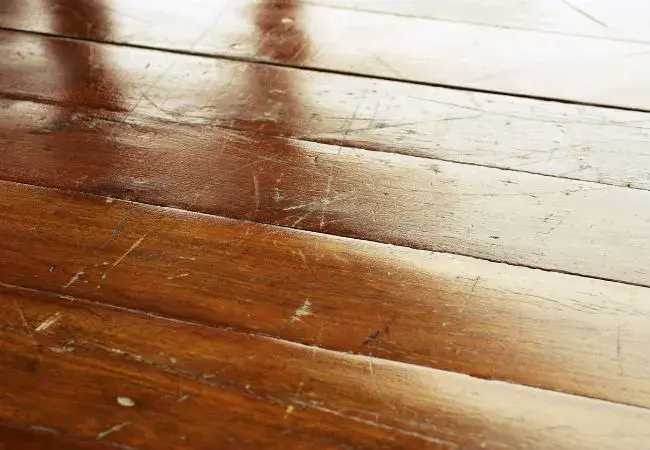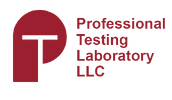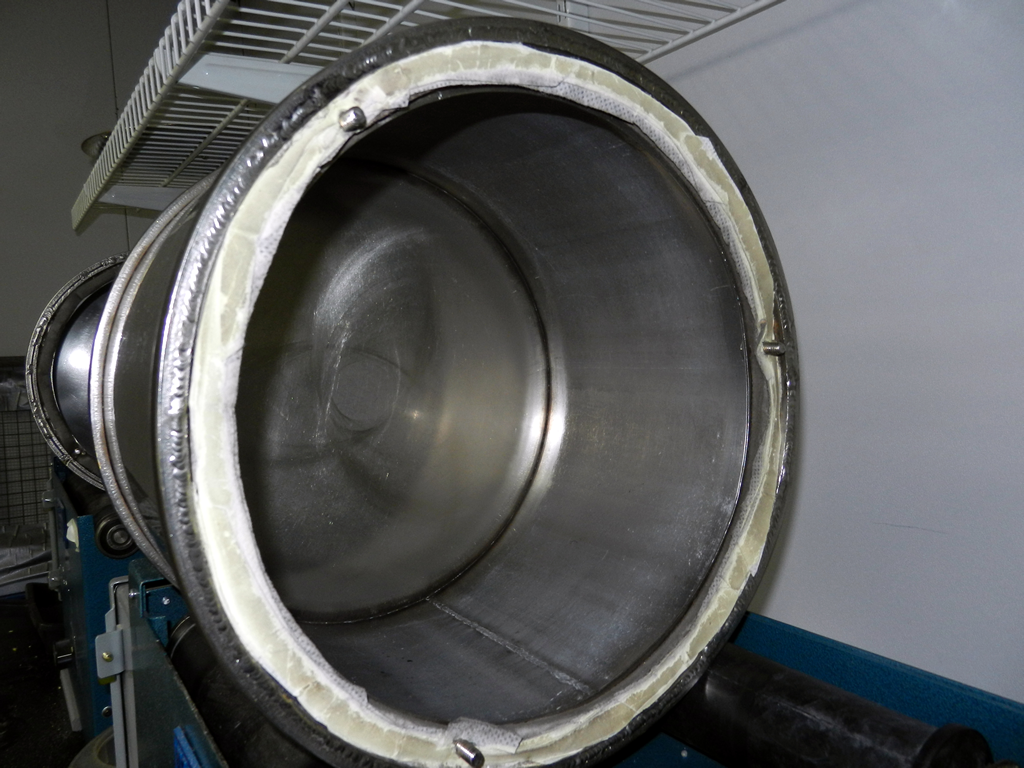Micro scratch testing is a specialized technique used to assess the scratch resistance of coatings, surfaces, and materials. This test simulates real-world wear and tear, helping manufacturers and designers understand how a material will perform over time. It is particularly important for flooring, furniture, automotive interiors, and various industrial applications where surface integrity is crucial.
Understanding UL 410 and EN 16094 Standards
UL 410 – Slip Resistance and Surface Durability
UL 410 is a widely recognized standard that primarily evaluates the slip resistance of floor coatings and finishes. However, it also provides guidelines for assessing the durability of surfaces subjected to wear, including scratches. This test ensures that materials used in high-traffic areas maintain their aesthetic and functional properties over time.
EN 16094 – Micro Scratch Resistance of Coatings
EN 16094 is a European standard specifically designed to measure the micro scratch resistance of coatings. This test uses precision instrumentation to apply controlled forces on a material's surface, evaluating its ability to withstand scratches at a microscopic level. It is particularly useful for industries that require high-performance coatings, such as electronics, automotive, and decorative applications.
Why These Tests Matter
-
Enhanced Product Longevity: Identifying materials with superior scratch resistance helps extend the product lifespan.
-
Improved Aesthetics: Scratch-resistant surfaces maintain their original appearance for longer periods.
-
Industry Compliance: Meeting UL 410 and EN 16094 standards ensures that products align with industry regulations and customer expectations.
-
Optimized Material Selection: Manufacturers can make informed choices regarding material coatings and finishes to enhance durability.
How We Conduct Micro Scratch Testing
At PTL, our state-of-the-art testing lab is equipped with advanced micro scratch testers capable of applying precise and repeatable forces to a material’s surface. Our testing process includes:
-
Preparation: Sample materials are properly conditioned and mounted for testing.
-
Controlled Application: A fine-tipped stylus applies increasing pressure to simulate scratches under various conditions.
-
Evaluation: The test results are analyzed using high-resolution imaging and measurement tools to assess scratch depth and resistance.
-
Reporting: A comprehensive report is provided, detailing the material’s performance and recommendations for improvement if needed.
Partner With Us for Reliable Surface Testing
With the addition of UL 410 and EN 16094 Micro Scratch Testing, Professional Testing Laboratory is at the forefront of ensuring product quality and durability. If you are looking for reliable surface testing solutions to enhance your product offerings, contact us today to learn more about how we can assist you.
Get in touch with our team to discuss your testing needs!




